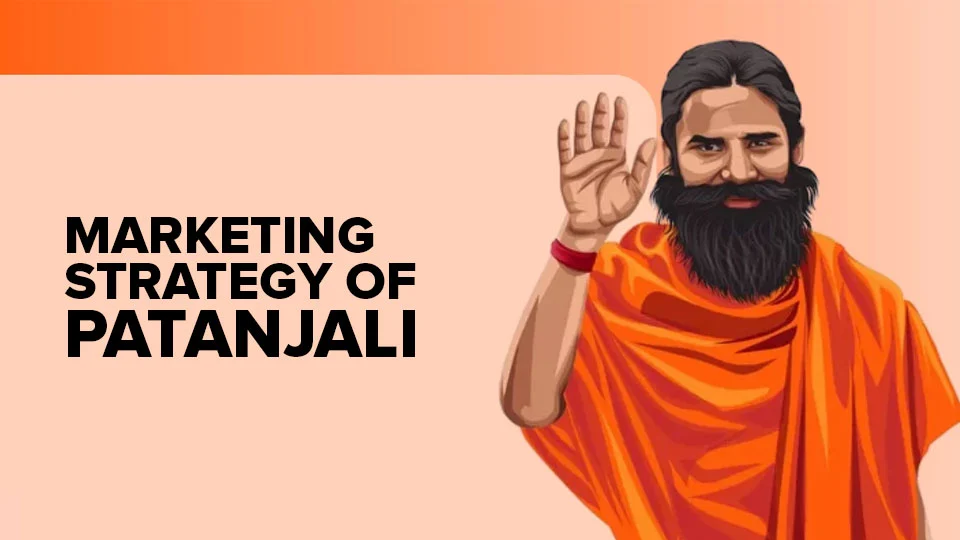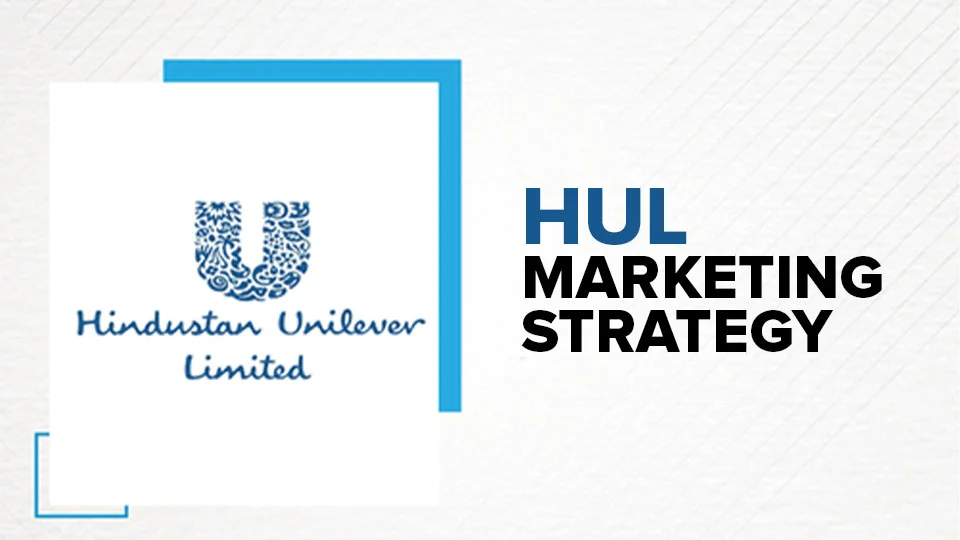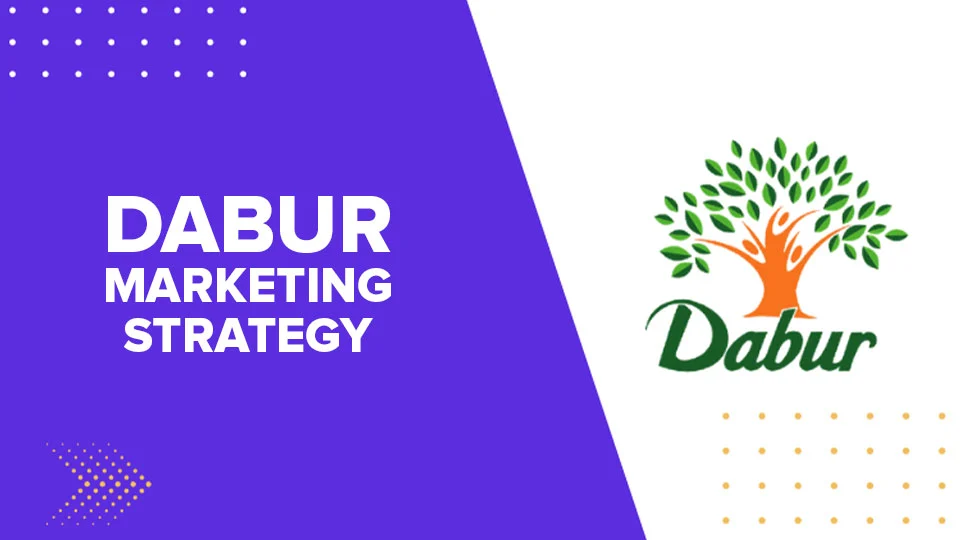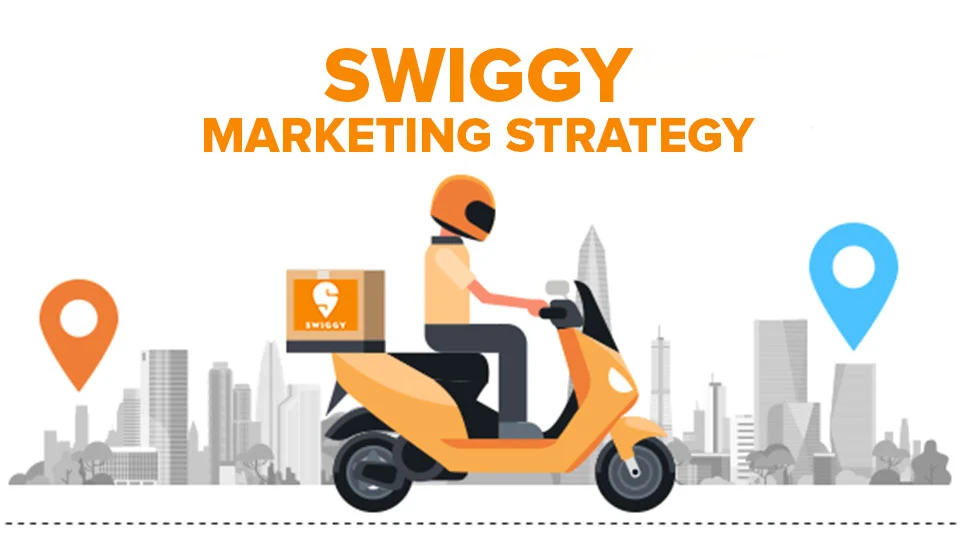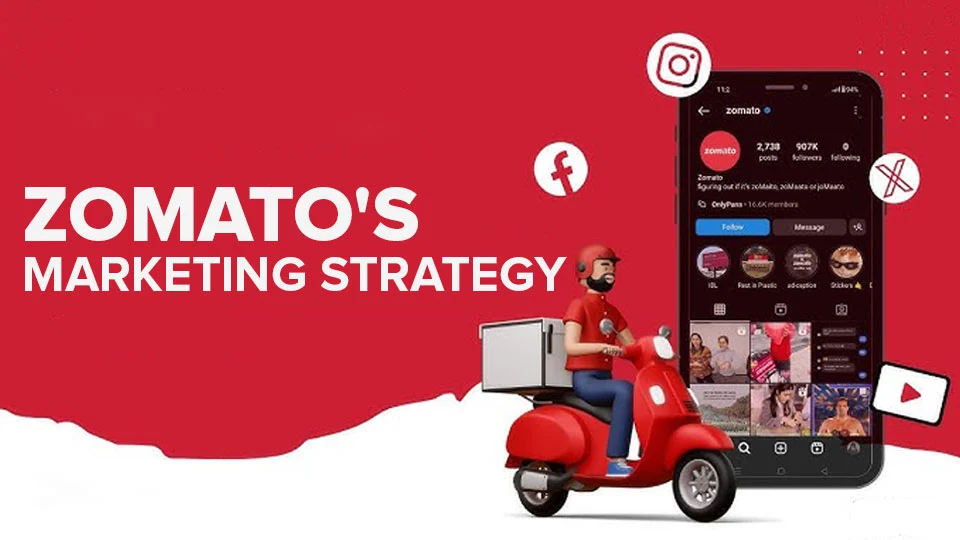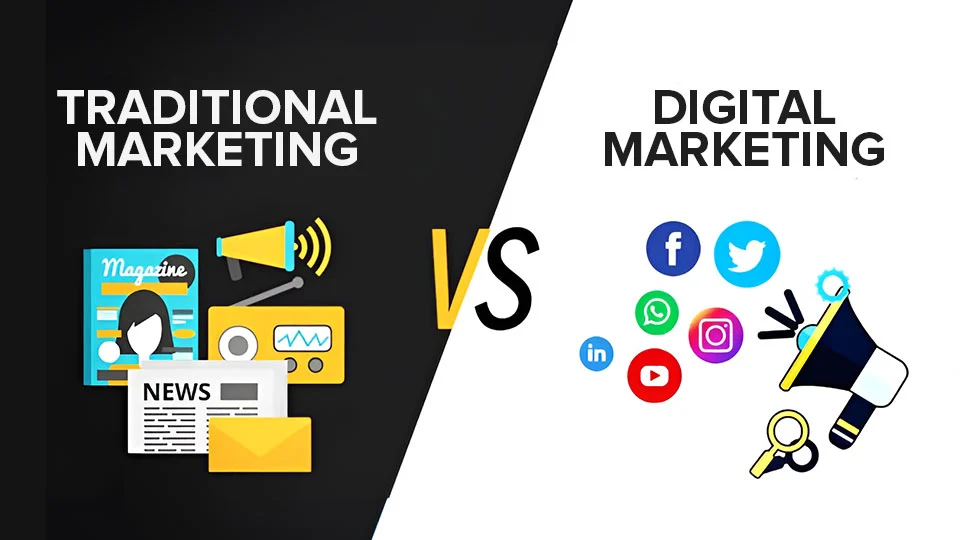Patanjali has transformed India’s FMCG market with its Ayurvedic and natural products. The company, co-founded by Acharya Balkrishna and Baba Ramdev, has become a homegrown replacement for multinational FMCG giants.
Curious Mind Consulting analyzes the marketing strategy of Patanjali, its advertising techniques, product positioning, SWOT analysis, and key competitors. Let’s explore how Patanjali disrupted the Indian FMCG market and became a billion-dollar brand.
Table of Contents
ToggleAbout Patanjali: The Rise of an Ayurvedic Giant
Patanjali was founded in 2006 with a vision to spread Ayurveda and Swadeshi (Made in India) products. It has grown to become a top FMCG brand in India, operating across a vast array of categories.
Key Facts About Patanjali:
- Founded: 2006
- Headquarters: Haridwar, Uttarakhand
- Founders: Baba Ramdev & Acharya Balkrishna
- Patanjali Tagline: “Prakriti ka Ashirwad” (Blessing of Nature)
- Revenue: Over ₹30,000 crores (as of 2023)
- Core Segments: Ayurvedic-based medicines, healthcare, food, home care, and personal care
The rise of Patanjali from being an Ayurvedic startup to a pioneer FMCG leader indicates its strong business and marketing strategy. Now let’s evaluate how Patanjali has come to this rise.
The Patanjali Marketing Strategy
The marketing strategy of Patanjali is Ayurveda, nationalism, affordability, and health-aware branding. While other FMCG companies follow the conventional path of marketing, the strategy of Patanjali has its roots in spirituality and establishing trust.
Core Components of the Marketing Strategy of Patanjali:
- Swadeshi (Nationalist) Branding – Patanjali promotes itself as a “Made in India” company, leveraging the patriotic feelings.
- Herbal & Ayurvedic Positioning – Patanjali products are positioned as 100% natural and chemical-free, which appeals to health-conscious consumers.
- Competitive Pricing – Patanjali products are priced 20-30% lower than other FMCG brands, thus making them affordable for all income groups.
- Strong Distribution through Retail – The company operates through Patanjali outlets, general trade, supermarkets, and online.
- Least Traditional Advertising – Patanjali depends on free media, word-of-mouth marketing, and the public presence of Baba Ramdev rather than large amounts of paid advertising.
The distinctive marketing style of Patanjali, supported by its Swadeshi positioning, has allowed it to make a niche position in the intense FMCG battle.
SWOT Analysis of Patanjali
A SWOT analysis provides us with the strengths, weaknesses, opportunities, and threats of Patanjali in the FMCG sector.
Strengths:
- Strong Brand Trust – Patanjali has been able to build consumer trust through Baba Ramdev’s popularity.
- Wide Product Range – Has a portfolio of more than 3,500 products in food, personal care, and health categories.
- Low Pricing Strategy – Patanjali products are priced lower than multinational companies.
- Bigger Retailing Presence – More than 5,000 single-brand Patanjali stores and presence in supermarkets, Kirana outlets, and online.
Weaknesses:
- Product Quality Concerns – Certain products have been criticized for quality and effectiveness inconsistency.
- Limited Product Innovation – In comparison to market leaders such as HUL and Nestlé, Patanjali has limited product innovation.
- Regulatory Issues – Certain products have been legally challenged due to false claims about their health benefits.
Opportunities:
- New Category Forays – Patanjali can venture into cosmetics, organic food, and plant-based nutrition.
- International Market Penetration – Ayurvedic products are becoming popular across the world, providing immense export opportunities for Patanjali.
- E-commerce Expansion – Consolidating its presence across Amazon and Flipkart can enhance sales.
Threats:
- Intense Competition – Under threat from Himalaya, Dabur, HUL, and Colgate.
- Shifting Consumer Preferences – A growing trend towards international wellness brands could deter the growth of Patanjali.
To be able to maintain its success, Patanjali needs to overcome quality issues, go global, and enhance product innovation.
Patanjali Competitors: Who are the Challengers?
Patanjali rivals FMCG big guns across various categories.
Key Players:
- Dabur – Contests in Ayurvedic healthcare, personal care, and foods.
- Himalaya – Steadfast player in Ayurvedic skincare and wellness.
- Colgate & Pepsodent – Rival Patanjali Dant Kanti toothpaste.
- Nestlé & Amul – Competitors of Patanjali’s food and dairy range.
- HUL (Unilever) – Fights the fight in the fields of personal care, home care, and food.
Even in the face of tough competition, Patanjali has been growing based on Ayurveda, the Swadeshi brand, and cost.
Patanjali’s advertising and promotion strategy
Unlike other FMCG brands, Patanjali’s advertising strategy is unique and cost effective.
Major campaign strategies:
- Baba Ramdev as Ambassador to the Patanjali brand – his influence, yoga session, and media presence offer free publicity.
- Social media and digital marketing – Patanjali uses YouTube, WhatsApp marketing, and Facebook campaigns to attract customers.
- Retail expansion – The company promotes Ananya Patanjali Mega Store and Chikitsalaya (Medical Store).
- Word-of-mouth marketing actively recommends Patanjali products due to their natural and Ayurvedic qualities.
Focusing on Patanjali’s minimum dependence on traditional advertisements and its focus on celebrity-operated organic marketing makes it a cost-effective advertising model.
Final idea: What does Patanjali’s marketing strategy make it unique?
Patanjali has redefined FMCG marketing by taking advantage of indigenous feelings, strengths, and Ayurveda. Its low-cost advertisements, strong distribution networks, and brand trust have made it a domestic name.
| Aspect | Key Insights |
| Brand Positioning | Ayurveda-based, Swadeshi, affordable |
| Pricing Strategy | 20-30% cheaper than competitors |
| Advertising Approach | Word-of-mouth, digital marketing, Baba Ramdev’s influence |
| Distribution Channels | Patanjali stores, Kirana shops, supermarkets, e-commerce |
| Challenges | Quality concerns, increasing competition, and regulatory issues |
If Patanjali continues to innovate and improve the quality of the product, it can maintain its stronghold in the FMCG industry and expand its global footprint.
Frequently Asked Questions
What is the central marketing strategy of Patanjali?
Patanjali emphasizes Ayurveda, Swadeshi branding, affordability, and word-of-mouth.
Who are the key competitors of Patanjali?
Patanjali competes with Dabur, Himalaya, Colgate, Nestlé, Amul, and HUL in each segment.
How does Patanjali market its products?
Patanjali depends on Baba Ramdev’s public persona, digital marketing, retail stores, and limited paid advertising.
